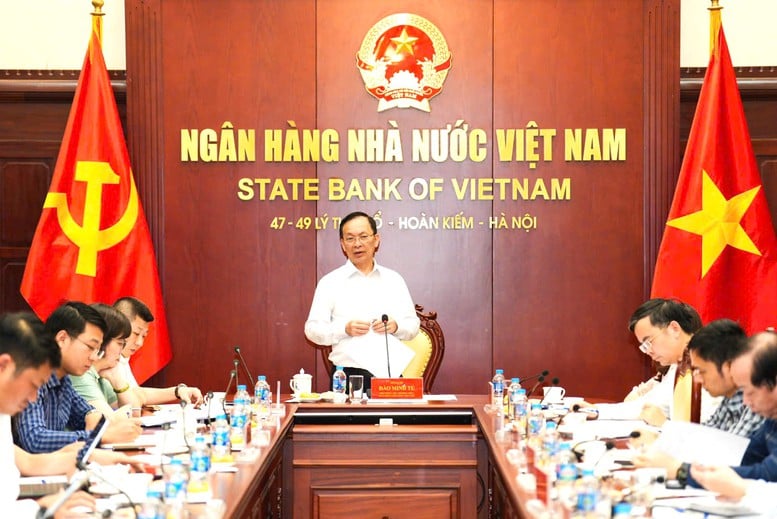
The working session of the State Bank of Vietnam with commercial banks and representatives of relevant ministries such as the Ministry of Industry and Trade, the Ministry of Construction, and the Ministry of Science and Technology regarding the VND500 trillion credit 'package' - Photo: VGP/HT
This was the content discussed at the working session of the State Bank of Vietnam with commercial banks and representatives of relevant ministries such as the Ministry of Industry and Trade, the Ministry of Construction, and the Ministry of Science and Technology on the VND500 trillion credit "package" on the afternoon of April 24 in Hanoi.
Banks are ready with resources to promote economic and social development.
At the meeting, Deputy Governor of the State Bank of Vietnam Dao Minh Tu said that this is a period requiring a huge amount of capital for development investment in response to the requirement of rapid economic development, aiming for double-digit GDP growth.
To have investment, there must be capital, especially preferential capital. Investment for key projects includes many different sources of capital, such as the budget, FDI capital, etc. But among them, bank credit is still an important source of capital.
Faced with the above situation, the Prime Minister recently directed the State Bank of Vietnam to develop and implement a preferential credit package of about VND500,000 billion for science and technology, innovation and strategic infrastructure. The Deputy Governor said that this is a difficult problem in the context of many preferential credit packages being implemented, some programs are disbursed very well but there are still credit packages stuck due to a number of factors such as not meeting loan conditions...
Regarding the VND500,000 billion credit package for businesses investing in infrastructure and digital technology, according to the Deputy Governor, banks have committed to participating and have many incentives for projects, such as preferential interest rates and medium and long-term loans.
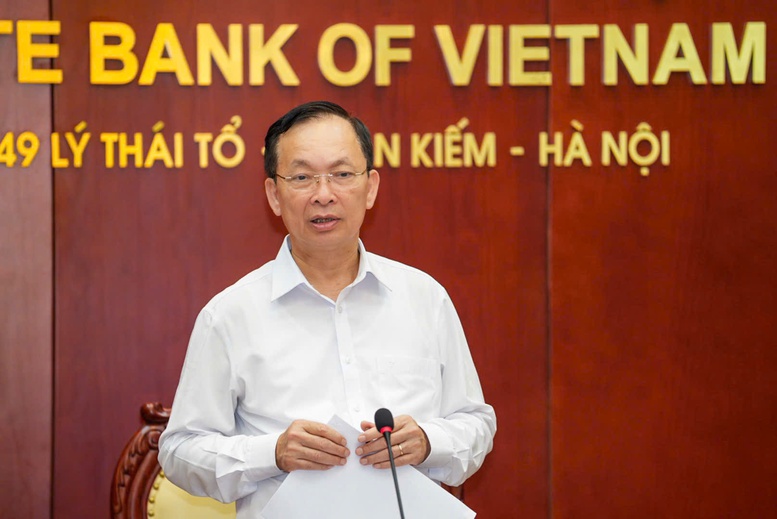
Permanent Deputy Governor of the State Bank of Vietnam Dao Minh Tu speaks at the meeting - Photo: VGP/HT
In fact, bank capital is short-term in nature. Currently, to ensure the safety of the banking system, the ratio of short-term capital for medium and long-term loans is gradually decreasing. This is also to meet international safety standards such as Basel II and Basel III. Meanwhile, the revised Law on Credit Institutions (CIs) also has many regulations related to ensuring the safety of banks' operations in lending.
"Therefore, medium and long-term lending is also an incentive from the bank. Banks also have the responsibility to agree to participate in this credit package," the Deputy Governor emphasized.
Besides, the remaining difficulties in the fields of transport infrastructure, energy, electricity, etc., other key projects also need to be solved with the active participation of ministries and branches.
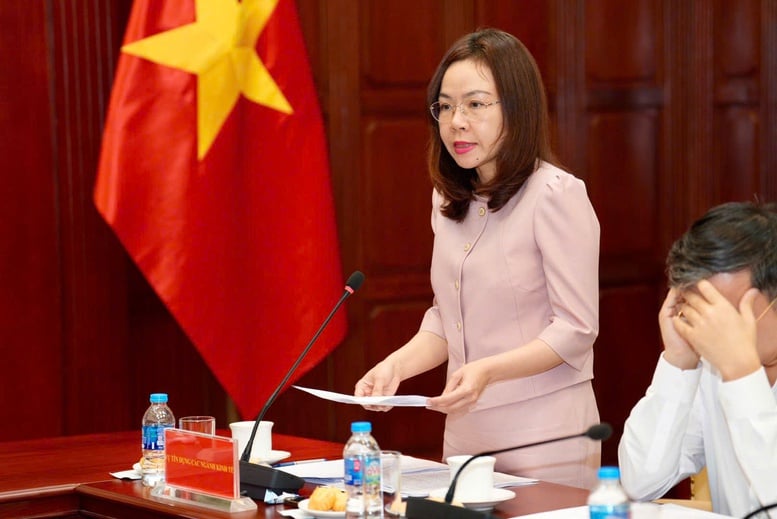
Ms. Ha Thu Giang, Director of the Department of Credit for Economic Sectors (SBV) - Photo: VGP/HT
According to Ms. Ha Thu Giang, Director of the Department of Credit for Economic Sectors (SBV): 21 banks have registered to participate in the credit package. Thus, the initial consensus is very encouraging. The goal of the package is to support businesses investing in infrastructure and digital technology with preferential interest rates at least 1% lower than the market, with a minimum loan term of 2 years.
Therefore, in terms of orientation, this is a policy that both supports growth and creates momentum for key sectors. However, when moving from planning to action, banks encounter a number of obstacles. The most common of which is capital balance, when most of the mobilized capital of the banking system is still short-term, the demand for loans for infrastructure projects often lasts 10-20 years, or even longer. Therefore, without a special support mechanism, the problem of "short-term mobilization - long-term lending" will continue to be a barrier.
It is necessary to coordinate with ministries and branches to minimize risks and ensure capital reaches the right address.
One of the points mentioned by many leaders of commercial banks such as Agribank, Vietcombank, VietinBank, BIDV... is the lack of clarity in determining the borrowers. Representatives of commercial banks said that when it comes to credit, the regulations must be very clear, which projects are key infrastructure, what is considered a "digital technology" project, is there a need for specific classification and definition? This is not only a technical issue but also directly affects the appraisal responsibility and legal risks of banks when lending.
To clarify the problems, on April 16, the State Bank of Vietnam sent a document asking for opinions from ministries and branches, including the list of key projects, the list of digital technology product projects... but has yet to receive a response.
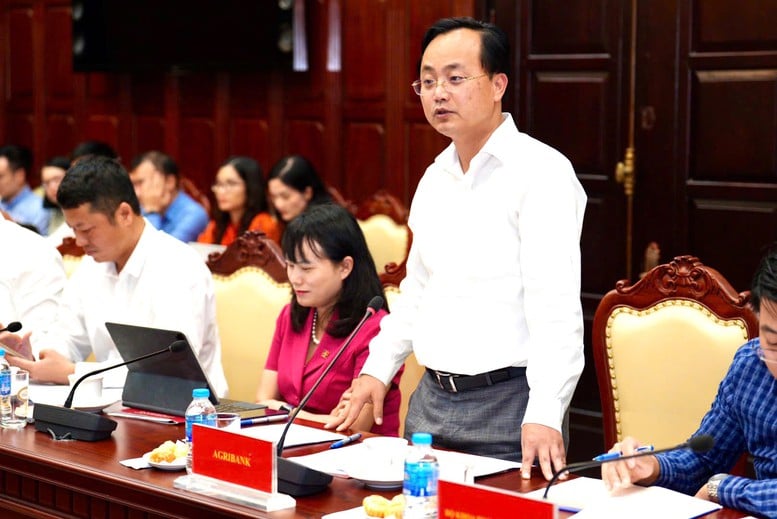
Mr. To Huy Vu, Chairman of Agribank - Photo: VGP/HT
Faced with the pressure to balance capital, many banks have made specific proposals. According to Mr. To Huy Vu, Chairman of Agribank, if the credit limit is not extended or refinancing support is not provided, the ability to lend to large projects will be difficult. Because currently, some customers have "reached the ceiling" of their loan limit, even urgent projects cannot be disbursed further due to regulations.
In addition, it is necessary to design a more suitable medium- and long-term credit mechanism. For example, it is possible to allow banks to make more flexible risk provisions for infrastructure loans, or to accept a temporarily lower capital safety ratio. Otherwise, as many commercial bank leaders worry, "trying" to lend long-term with short-term capital will put the system at risk of liquidity.
For the digital technology sector, one of the two main pillars of the credit package, the situation is even more complicated. According to a representative of the Information Technology Department (SBV): The difficulty comes not only from the characteristics of the collateral (software, source code, patents, etc.), but also from the assessment of investment efficiency.
Many technology products have a short life cycle, are modern when they first come out but quickly become outdated and difficult to value. In addition, the legal framework for new technologies such as blockchain, AI, digital assets, etc. is still vague. Therefore, without a separate mechanism for high-tech projects, it is difficult for banks to "generously" disburse capital, even though the demand is very large.
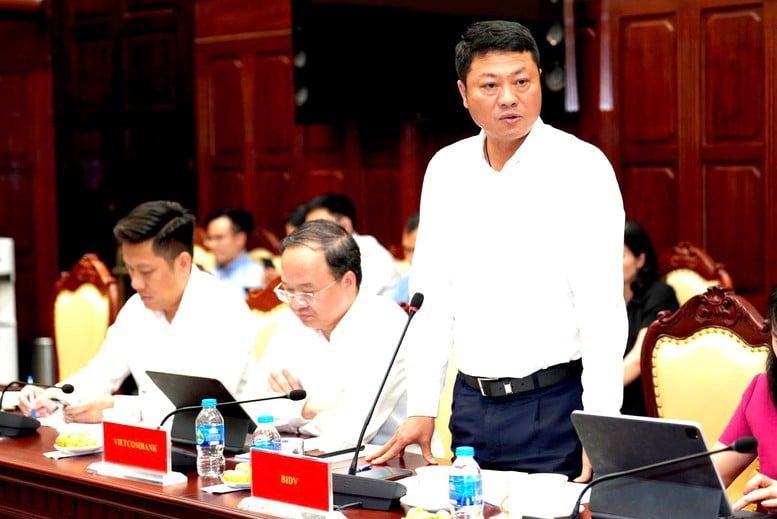
Mr. Le Ngoc Lam, General Director of BIDV, said that BIDV has registered to participate in 60 trillion VND - Photo: VGP/HT
A representative of the Ministry of Construction said: Currently, the Ministry only focuses on managing public investment capital, and has no basis to propose a list of projects. This content is mostly related to businesses, so this agency has not been able to propose a list of projects as well as credit needs.
Meanwhile, a representative of the Ministry of Science and Technology shared: Although assigned the task of developing digital infrastructure, there is currently no specific list of projects requiring loans, because most of the previous projects have used public investment capital.
The Ministry of Industry and Trade said that by 2030, the total investment capital demand for large projects could reach hundreds of thousands of billions of VND. However, it is not yet possible to identify enough key categories for the credit package to concentrate resources, and a representative of the Ministry of Industry and Trade suggested: "The Ministry needs more time to synthesize the final figures."
At the meeting, Deputy Governor Dao Minh Tu affirmed: The banking sector is ready to implement the VND500,000 billion credit package. However, Deputy Governor of the State Bank of Vietnam Dao Minh Tu frankly admitted that the coordination mechanism between ministries and branches on this matter has not yet met the requirements. The current problem does not lie in the scale of capital but in the coordination mechanism and determining priority targets.
For example, the State Bank needs to clearly define, for at least the next 5 years, the list of priority investment projects, the ratio of state capital and socialized capital, provide accurate targets, clear investment plans, and at least need to have estimated data close to reality, from which the State Bank as well as commercial banks can calculate the balance of capital sources, ensuring that the credit package is on the right track (but currently there is none).
According to Deputy Governor of the State Bank of Vietnam Dao Minh Tu: It is necessary to clearly recognize that banks cannot replace the State's role in regulating public investment capital. This credit package is a support policy, but if there is a lack of synchronization between budget capital and credit capital, the consequence is that the entire banking system will be pushed into a high-risk position. Therefore, there needs to be close, timely, and highly responsible coordination between ministries and branches so that the credit package can be put into practice.
"To fully prepare for the upcoming meeting with Government leaders, relevant ministries and branches should pay more attention to the contents that need to be coordinated as discussed, and should consider this a key task to contribute to promoting socio-economic development," Deputy Governor Dao Minh Tu suggested.
Huy Thang
Source: https://baochinhphu.vn/phat-huy-hieu-qua-goi-tin-dung-500000-ty-dong-cho-khoa-hoc-cong-nghe-102250424211105692.htm




![[Photo] General Secretary To Lam arrives in Minsk, begins state visit to Belarus](https://vphoto.vietnam.vn/thumb/1200x675/vietnam/resource/IMAGE/2025/5/11/76602f587468437f8b5b7104495f444d)

![[Photo] General Secretary To Lam concludes visit to Russia, departs for Belarus](https://vphoto.vietnam.vn/thumb/1200x675/vietnam/resource/IMAGE/2025/5/11/0acf1081a95e4b1d9886c67fdafd95ed)
![[Photo] General Secretary To Lam meets and expresses gratitude to Vietnam's Belarusian friends](https://vphoto.vietnam.vn/thumb/1200x675/vietnam/resource/IMAGE/2025/5/11/c515ee2054c54a87aa8a7cb520f2fa6e)
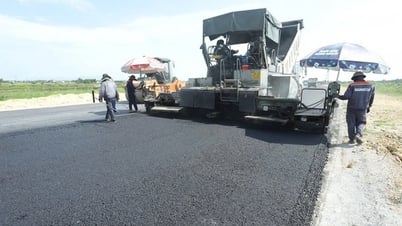


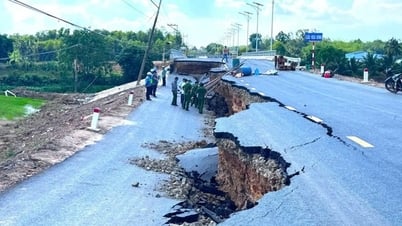






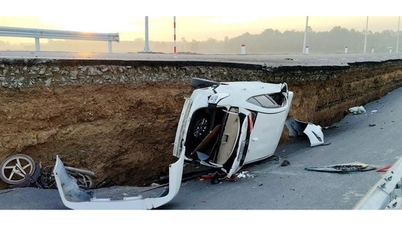
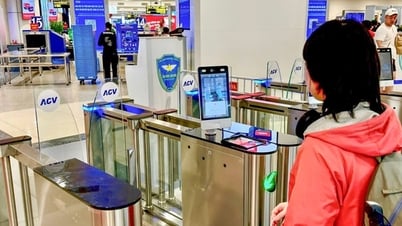
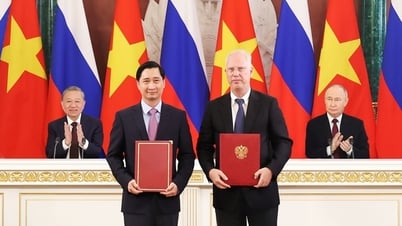

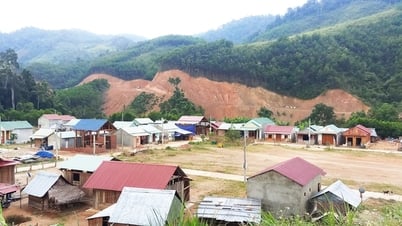
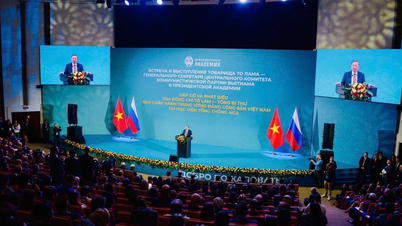
![[Photo] National Assembly Chairman Tran Thanh Man attends the Party Congress of the Committee for Culture and Social Affairs](https://vphoto.vietnam.vn/thumb/1200x675/vietnam/resource/IMAGE/2025/5/11/f5ed02beb9404bca998a08b34ef255a6)






























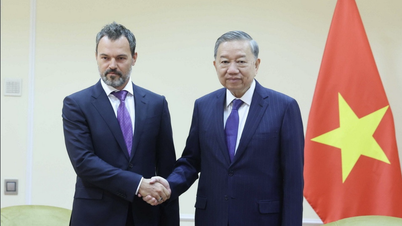

















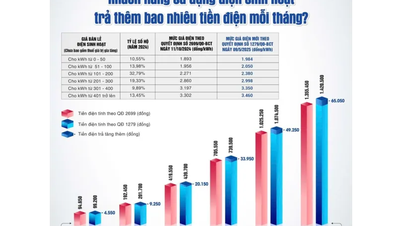

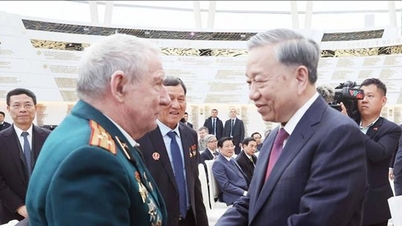














Comment (0)